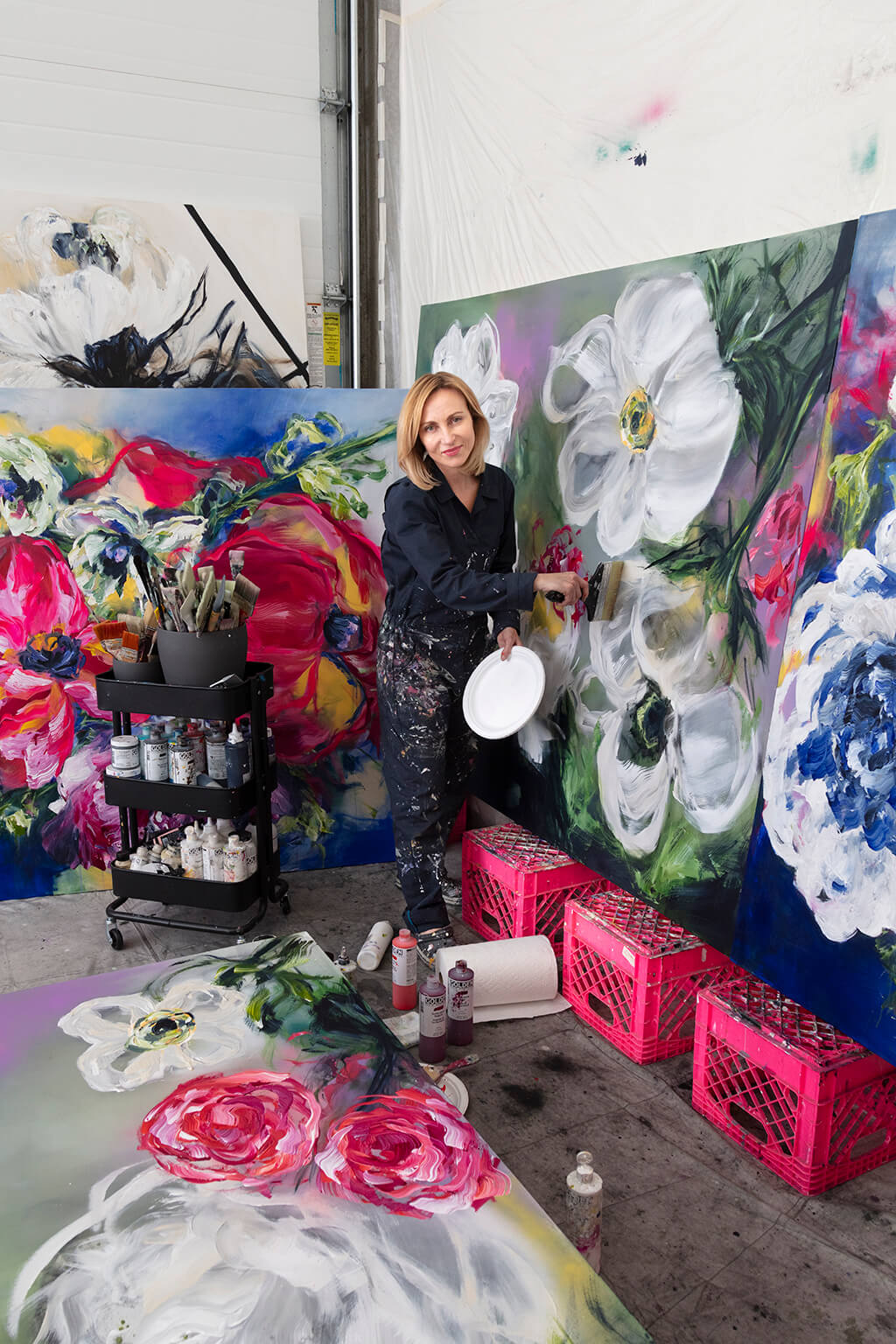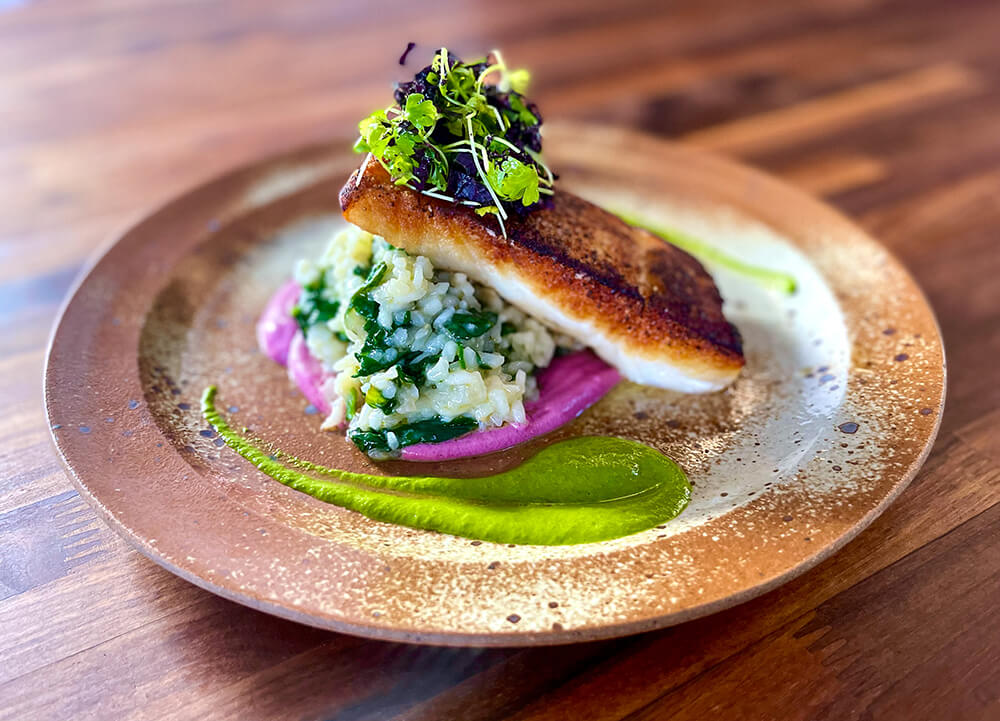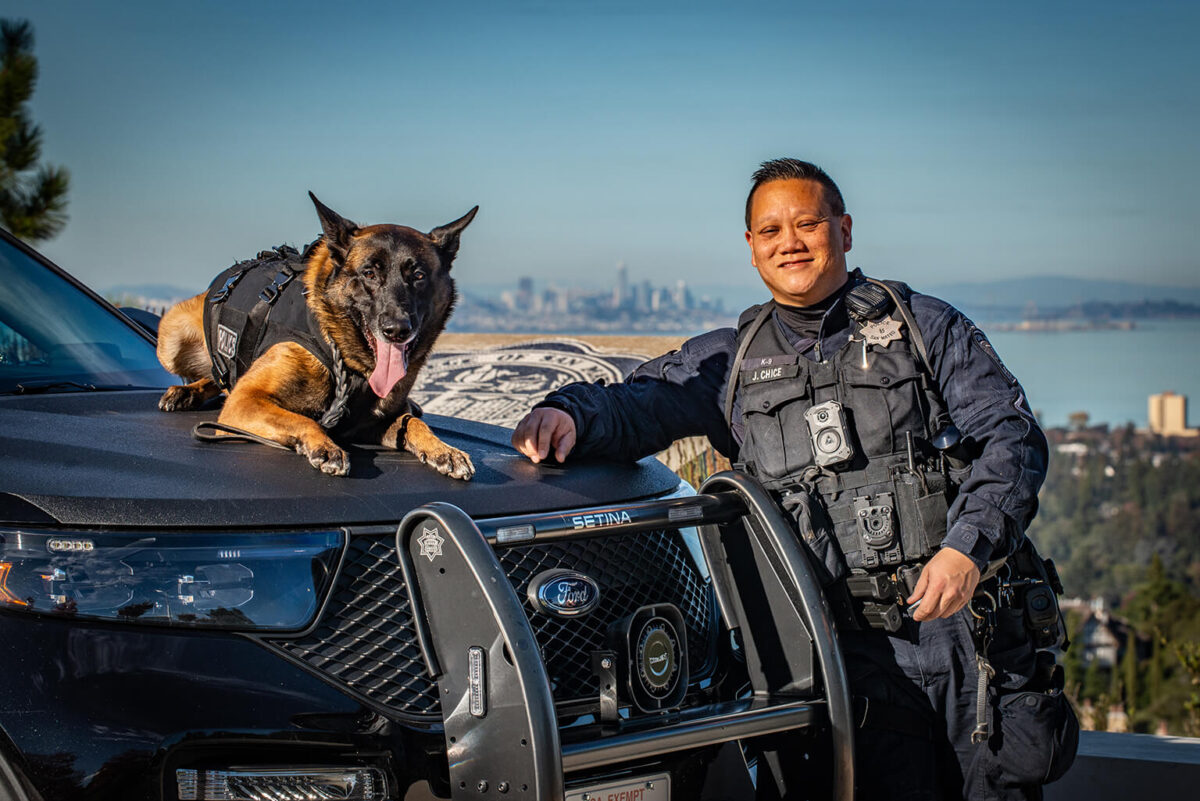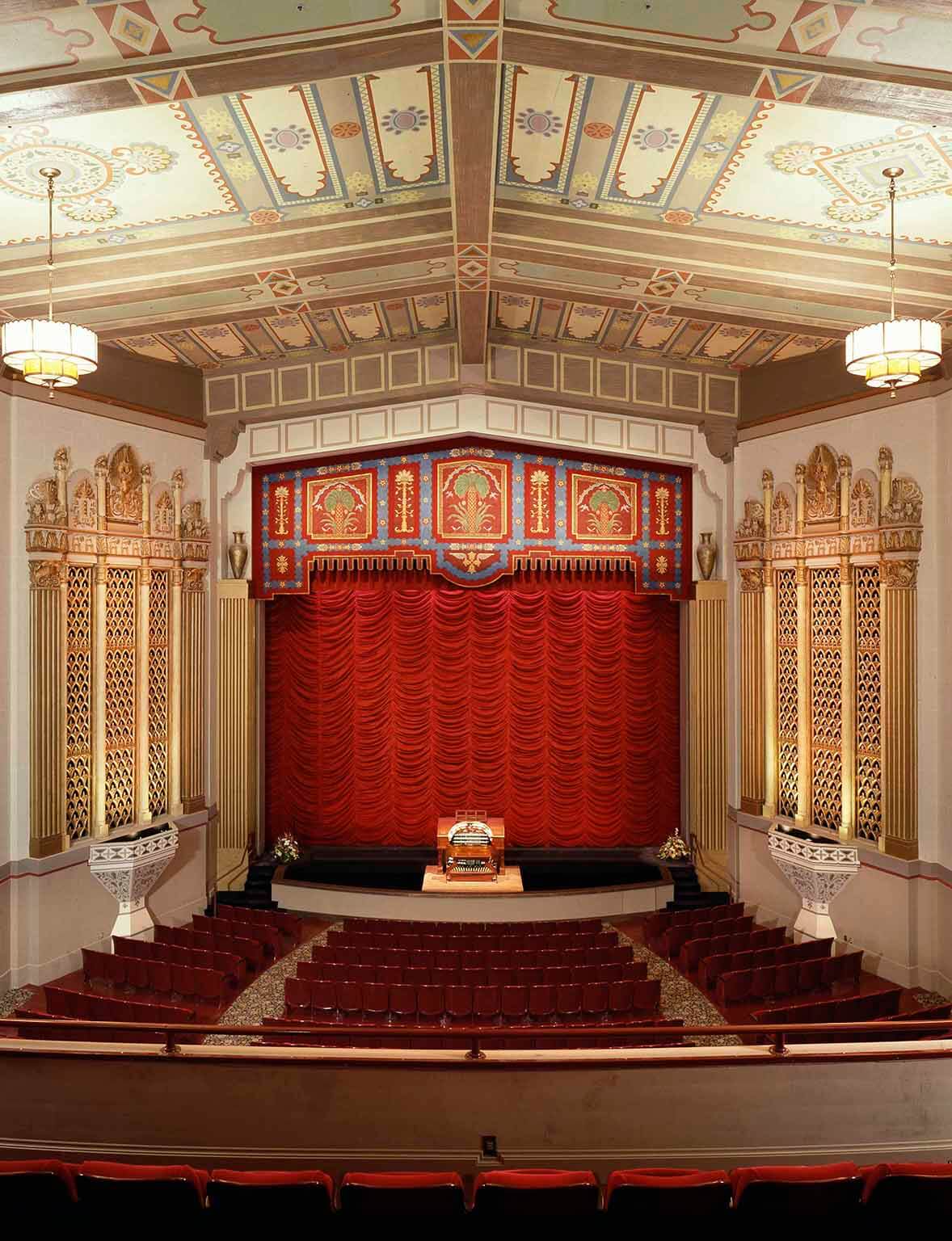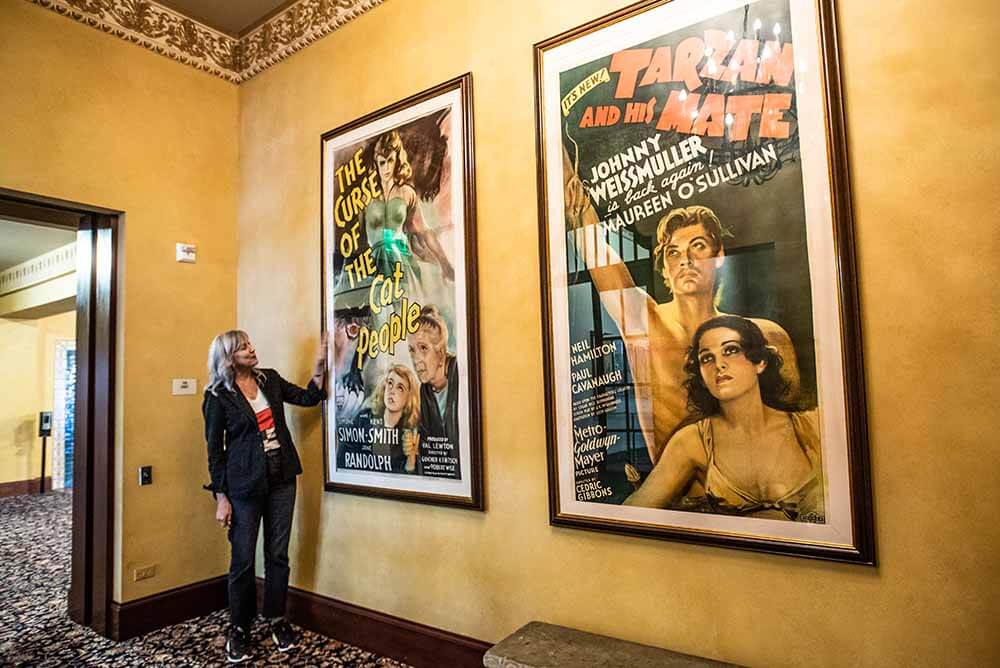Words by Johanna Harlow
While more compact than the Smithsonian’s sprawling National Air and Space Museum, the Hiller Aviation Museum in San Carlos comes alive with more than 50 aircraft and spacecraft. Within its hangar, gliders, helicopters and airplanes are parked in careful rows. Others hang from the ceiling—the tilt of their wings suggesting that, any moment now, they’ll plunge into a series of swoops and spins. This flight of fancy is fueled by the drone of planes taking off and touching down at the San Carlos Airport next door.
“We focus on California’s contributions to aviation—the Bay Area in particular,” explains Jon Welte, Hiller’s president and CEO since last May. “We connect people to advances in aviation that have happened right here.” The museum features replicas and real aircraft from the 1860s to the present day, but World War II is one era you won’t find represented much. “That’s just not our main theme,” says Jon, pointing out aircraft from that time tend to be on the heftier side and he’s perfectly happy not to have to find space for them. “There are other museums that tell that story, and tell that story very, very well.”

If you’d like to learn about the origins of flight and daring pilots, drones and other aeronautic innovations, this is the place. The collection’s large planes will leave you adequately awestruck—especially the Boeing 747 and the first Grumman Albatross to have flown a single-purpose mission to circumnavigate the globe. You’ll also stand in the shadow of the massive jet-black Boeing Condor, with a wingspan longer than an Olympic-sized pool.
A lofty collection like this one doesn’t happen without someone extraordinary. In 1998, the museum took off under the guidance of Stanley Hiller Jr., who founded Hiller Aircraft Corporation in 1942. As Jon enters the hangar, his first stop is a replica of the aviation entrepreneur’s canary yellow XH-44 “Hiller-Copter.” “This was his first helicopter. He built it in an auto repair shop in Oakland,” Jon says, adding, “He was the first test pilot for most of his aircraft, starting with the XH-44. So he designed it, he helped build it and he flew the thing.” And at the age of 18! Hiller’s career took off from there. “The factory that he set up in the late 1940s was located on Willow Road down in what, today, is Menlo Park—quite close to the Facebook campus.”
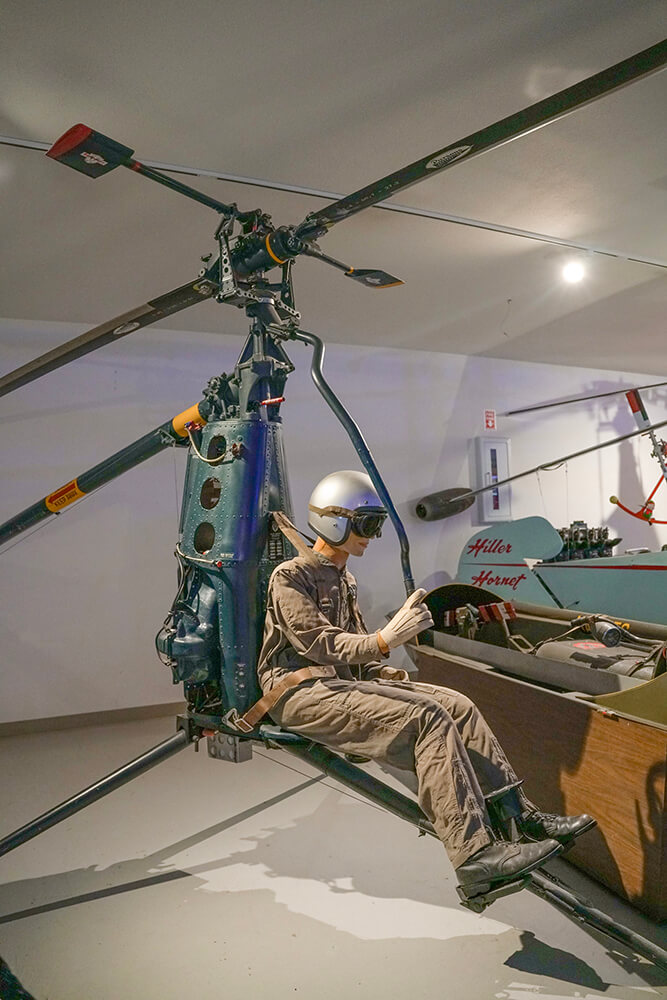
The ’40s to the ’60s gave rise to some delightfully odd contraptions housed nearby. These include the questionable rotorcycle, a “foldable helicopter” that’s little more than a seat attached to rotor blades, and the madcap Hiller Flying Platform, “the closest design to mimic a magic carpet.” There’s also the Hiller Hornet, with ramjet engines mounted to its blade tips. “This works almost like a Fourth of July pinwheel,” quips Jon.
But Jon’s favorite historic aircraft is the Travel Air found in the Women in Aviation section. It belonged to Louise McPhetridge Thaden, a contemporary of Amelia Earhart. Jon maintains that Louise was the more accomplished of the two. “She needs more attention,” insists Jon, a pilot himself who started flying at 13. “I think if you look at the races that they both competed in and the various records that they each set, Louise Thaden was the more successful pilot—but she wasn’t married to a publicist, so her story wasn’t put out quite as well.” In fact, she set an endurance record in this very plane in 1929. “A truck would drive along underneath them and match them and then they would take fuel up to refuel the aircraft!”
The aviation museum recently marked its own big milestone. “We just celebrated our two millionth visitor coming through the doors,” cheers Jon. He adds that Hiller sees roughly 120,000 visitors per year, with around 10,000 of them coming with school field trips.

The museum offers plenty of hands-on experiences for its young visitors. They can crawl into cockpits, toss parachuters into a miniature wind tunnel, work on engineering and design projects at the Invention Lab or operate quadcopters at the netted Droneplex. On weekends, they can also test their mettle at the Flight Sim Zone, where many a Boy Scout has earned an aviation badge. Under the instruction of real pilots, aspiring aviators take a virtual flight across the Bay, learning to navigate and land their aircraft with rudder pedals, yoke and throttle.
For those who want to make their mark on a plane—quite literally—there’s Hiller’s “very non-historic, non-glamorous” Cessna Cardinal. Visitors cover it with washable-paint handprints in a rainbow of colors. “It’s glorious,” Jon grins. Except for that one time when permanent paint accidentally got used. “That was not my favorite month with the Cardinal,” he admits.
When they’re not covering it in handprints, kids can climb into the Cardinal’s cockpit, manipulate its controls and flip its switches. “It’s unusual to find kids who haven’t been on an airplane ride today. But the experience of flying is very, very insulated from the actual aircraft,” Jon observes. After all, when you board at the airport, you’re traveling through a jet bridge that deposits you straight into a row of airline seats. “You don’t really experience the aircraft even when you’re inside of it. Whereas going up to a small airplane and touching it—that is a very revelatory experience for even older kids and it makes aviation concrete in a way that just going to the airport, and even flying on a modern jetliner, isn’t. So that airplane is very near and dear to me.”

Jon’s own penchant for planes took off at a young age. Not only was his father a flight instructor, but his elementary school was near the main runway of the Long Beach Airport. “Pacific Southwest Airlines was still around,” he reminisces, “and I vividly remember standing on the playground and watching the planes, each with a friendly smile painted on the front, fly past during recess. It never got old.”
Why do kids gravitate to these winged machines? “Transportation in general is cool! It’s something that’s going to go somewhere,” Jon remarks. “Anything that moves is going to be neat for kids. The fact that it flies just adds to that excitement.”
Events are abundant at Hiller Aviation Museum. Holiday festivities include a “leaping leprechaun” skydiving onto the airstrip on St. Patrick’s Day and a helicopter pumpkin drop and Haunted Hangar at Halloween. “We’re going to drop foam footballs for the Super Bowl,” Jon says. The space also gets rented for private events, hosting many a corporate Christmas party, wedding reception and bar mitzvah. “School dances, we get a lot of those,” he notes.

Hiller also collaborates with the San Carlos Airport to host an annual Runway Run in April, which sends joggers from the museum down the airport’s taxiways and runway. And then there’s the Biggest Little Air Show, another partnership with the airport. “It really is little because the aircraft are primarily radio-controlled models,” Jon notes. “But it’s really big in that some of the things that these aircraft are able to do are spectacular.”
Hiller Aviation not only draws crowds, but also community. It’s propelled by Jon and his tight-knit, full-time staff of 10, along with 200 airplane-loving volunteers, nearly half of whom are high schoolers. Volunteers serve as docents, assist with the summer camps and join the crew to restore and rebuild donated aircraft or make full-scale replicas of famous ones.
As Jon completes the tour, he spreads his arms wide, calling attention one last time to the hanging fleet overhead. The rickety wood-framed gliders and the sleek modern jets not only signal aviation’s evolution, but also look expectantly toward its future. “It’s a pretty neat place,” sums up Jon with a boyish grin.





















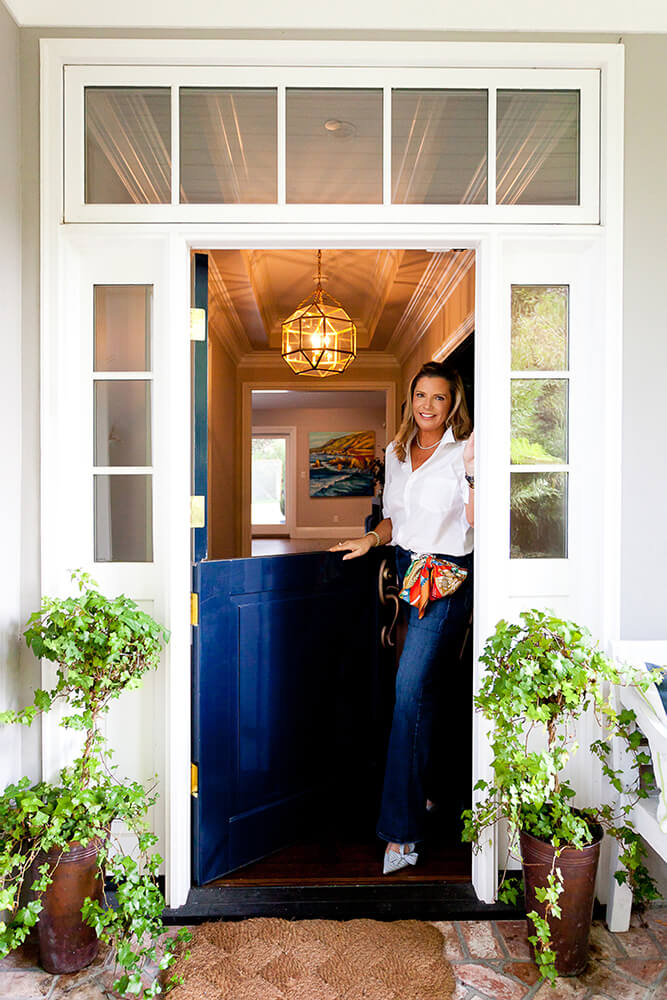





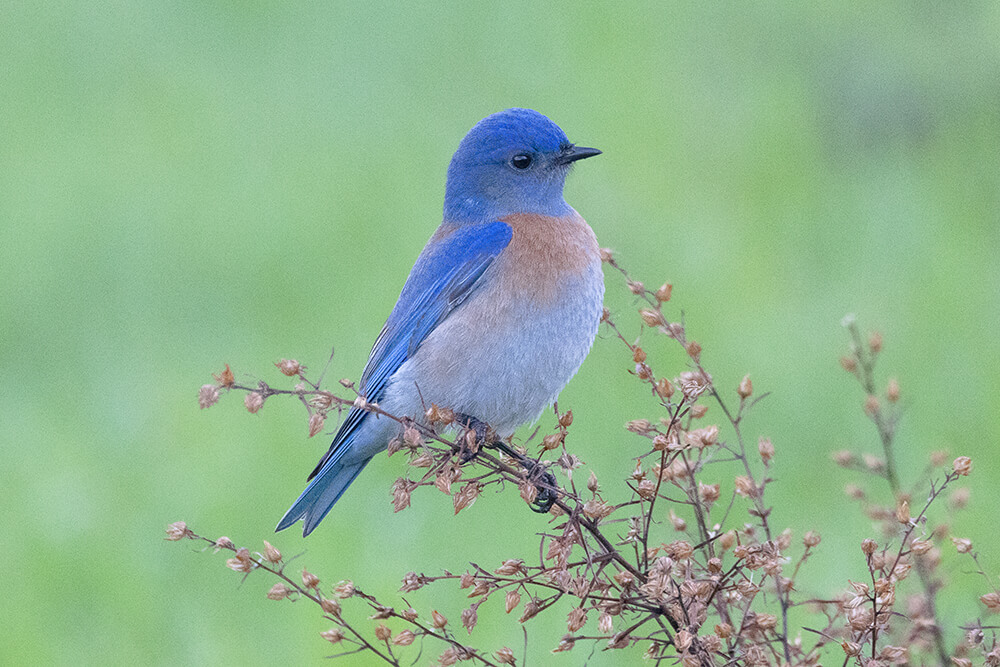

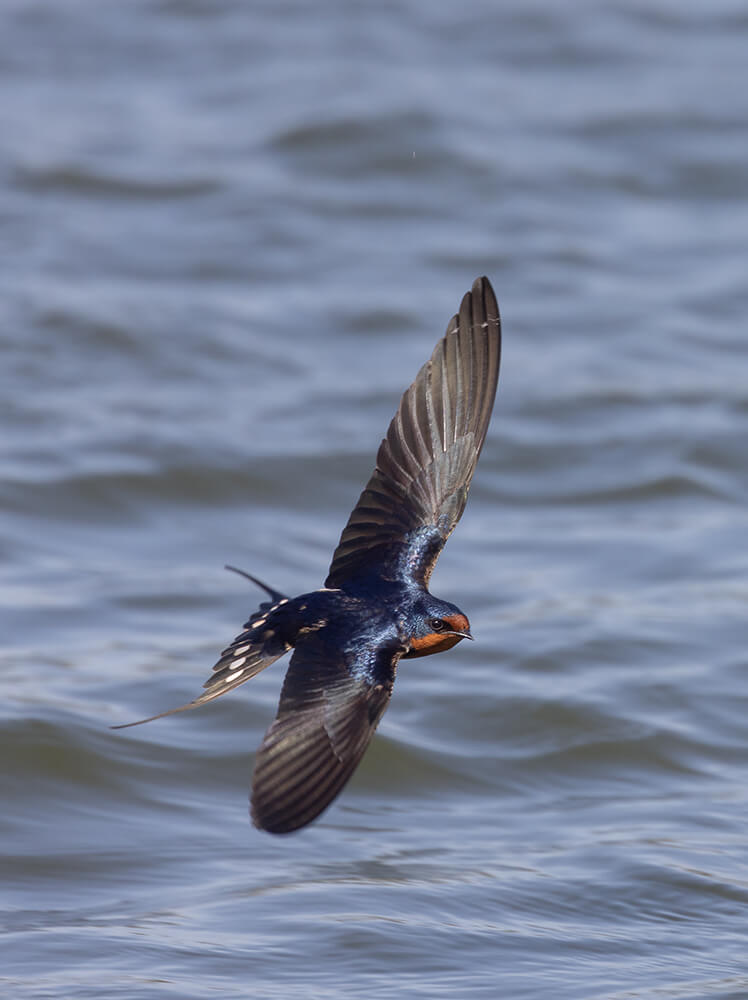

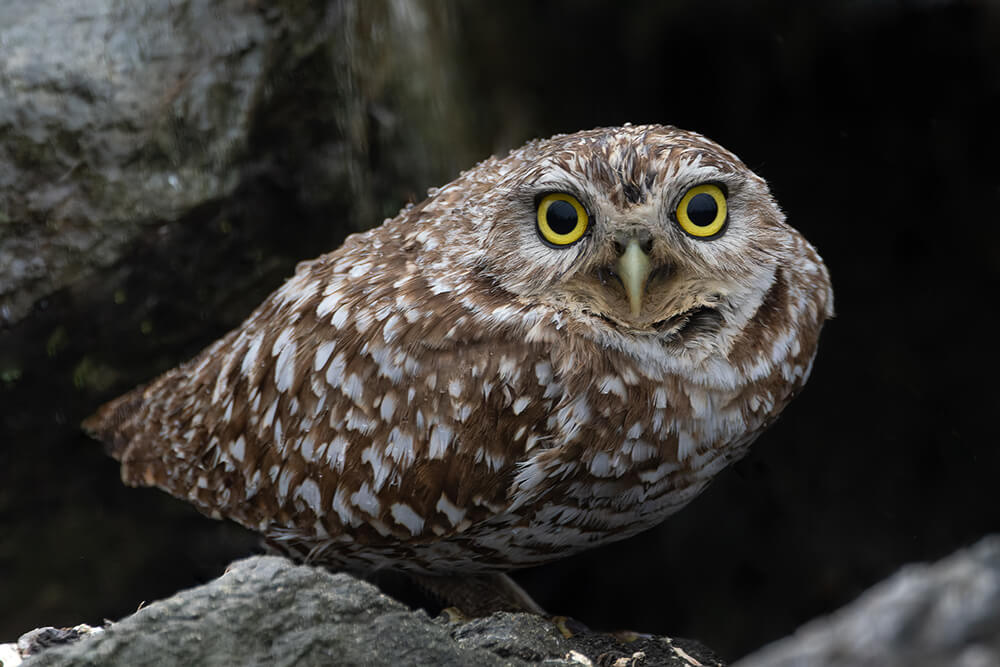












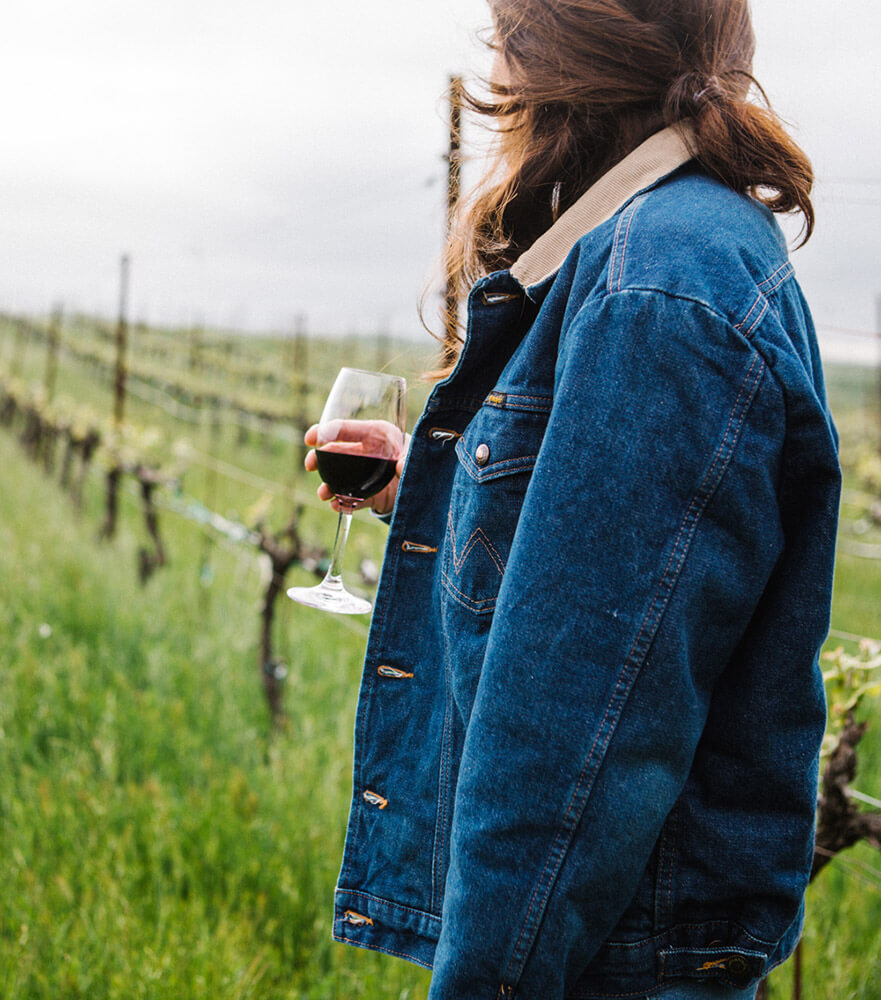





















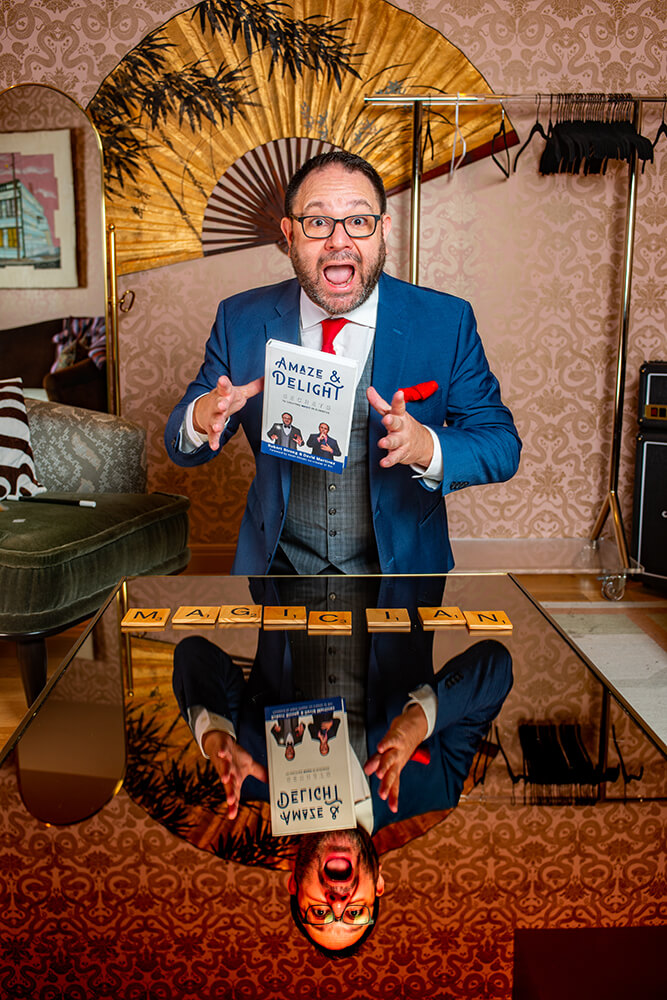


















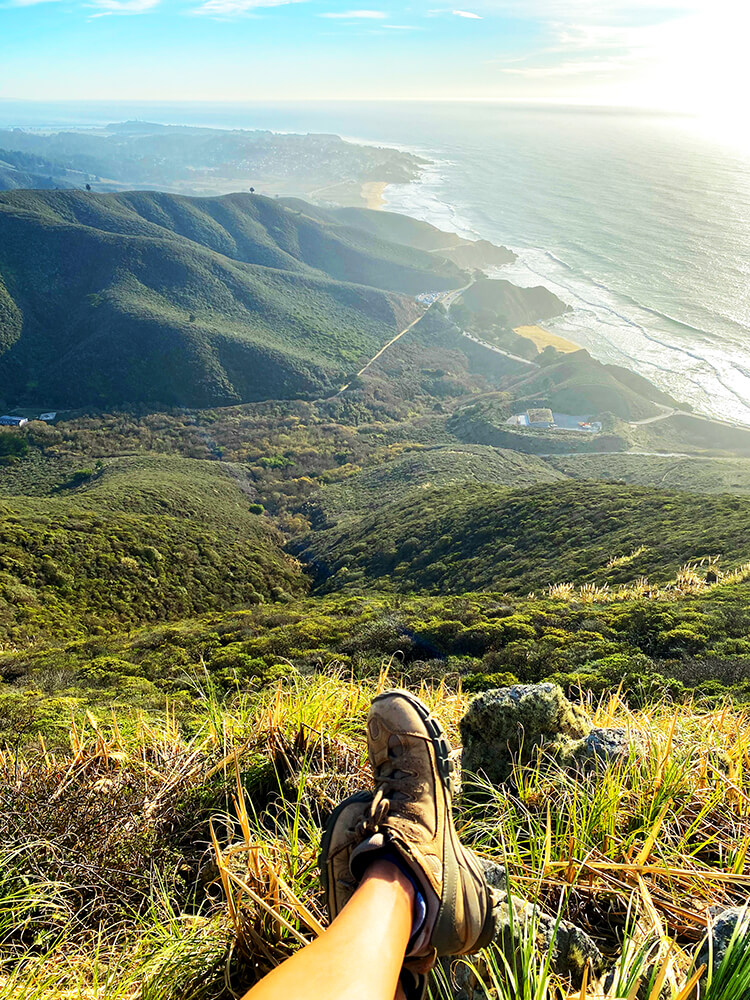












 Over the next three and a half years, as their kids shot hoops just a curve in the road away, their future home emerged from the ground up. Although much larger—three stories and nearly 12,000 square feet—the new structure folded seamlessly into the tranquil scenery around it. “Quiet luxury” is Linda’s descriptive catchphrase. “They had a clear vision and trusted us on the design,” she explains. “The design mimics their personalities. They’re very understated, humble people, so the design isn’t loud, yet it’s still very detailed and the materials are very luxurious and specific to each space.”
Over the next three and a half years, as their kids shot hoops just a curve in the road away, their future home emerged from the ground up. Although much larger—three stories and nearly 12,000 square feet—the new structure folded seamlessly into the tranquil scenery around it. “Quiet luxury” is Linda’s descriptive catchphrase. “They had a clear vision and trusted us on the design,” she explains. “The design mimics their personalities. They’re very understated, humble people, so the design isn’t loud, yet it’s still very detailed and the materials are very luxurious and specific to each space.”

